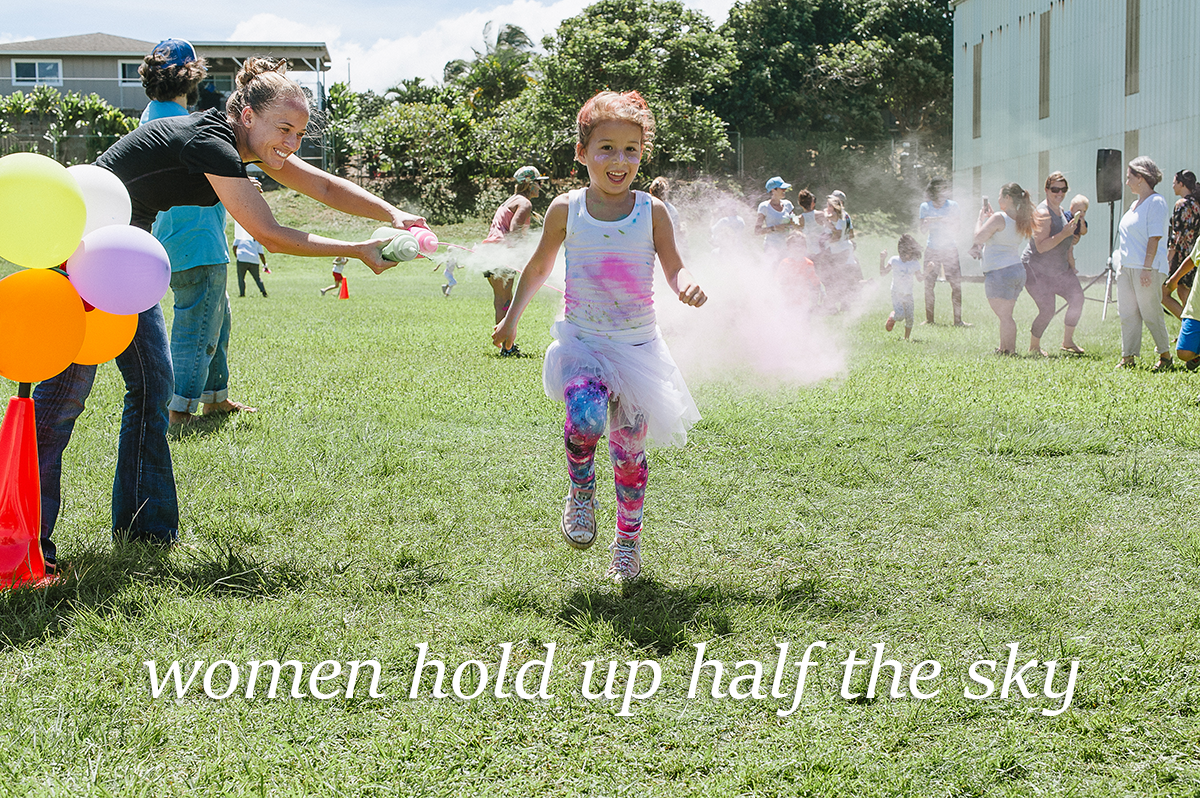While Safe Routes to School advocates are all convinced about the grave need for safety improvements around schools to make sure kids and families can be active and safe, not all state Departments of Transportation are on the same page.
Resource Library
Key takeaway:
- Public parks and shady areas will become increasingly important as climate change, urban sprawl, and obesity continue to pose challenges. Increasing shade structures in public areas could be an effective and large-scale public health intervention.
Bicycling is healthy: it increases physical activity, improves cardiovascular health, and reduces obesity and disease. Bicycling also can be an excellent mode of transportation for people of all ages. In fact, bicycling to school has been shown to improve cardiovascular fitness and overall health among children and adolescents.
These resources offer information for public and private entities interested in shared or open use agreements in Ohio.
This handbook was created to support Metropolitan Planning Organizations (MPOs) in fulfilling Federal requirements to fully consider pedestrian and bicycle transportation in their regional planning activities. The handbook provides guidance for metropolitan transportation plans and regional pedestrian and bicycle plans.
As our new publication Vision Zero and Safe Routes to School: Partners in Safety makes clear, when a community takes a Vision Zero pledge to eliminate all traffic fatalities and serious injuries, there is an opportunity for Safe Routes to School advocates to take their efforts to the next level. Vision Zero action plans can lead to a greater community focus on and funding towards making the streets safer for kids and families.
By Alex Severs, District Wellness Coordinator, Monett R-1 School District, Monett, MO
In schools across the country traditions exist in many forms, such as a back-to-school assembly or an annual field day. Several years ago in the Monett R-1 School District, we set out (on foot!) to create a new tradition of our own: walking to school.
In Japan, 98 percent of children walk to school. In the United States, only 13 percent do. It’s time for a change.
This report highlights the potential benefits from closer alignment between Safe Routes to School and Vision Zero, explains how to get involved, and offers examples of what Safe Routes to School advocates can push for in Vision Zero action plans that would improve safety for children.
Pop-up Safe Routes to School projects such as temporary crosswalks, curb extensions, and roundabouts to show how easy it is to make changes that make it safer and more inviting for kids to walk and bicycle to school.
Did you miss our webinar on MDOT/SHA’s Transportation Alternatives Program and Safe Routes to School Funding Opportunities?
This report provides background on street harassment, discusses some potential approaches to addressing street harassment, and summarizes lessons from these approaches that may be applicable for Safe Routes to School programs.
This webinar will explore effective strategies for collecting and using relevant data at the local, regional, and state levels.
We are in the midst of interesting times in Washington, DC. As has been widely reported, the repeal of the Affordable Care Act was pulled from the House after Republicans could not craft a bill that would get enough votes to pass. That means that the Prevention and Public Health Fund, which would have been eliminated after 2018, survives for now. This program supports a wide range of health initiatives around the country, including efforts to increase physical activity through active transportation.
Join this free webinar to learn about the Return on Investment (ROI) approach to active transportation.
A major street transformation dream became a reality when Living Streets Alliance (LSA) received a $20,000 KaBOOM! Play Everywhere Challenge Grant to create a fun, playful, and inviting walking corridor at a local Tucson elementary school.
This guest blog post was written by Celia Preble-Gaitz of Living Streets Alliance.
Russian translation of Safe Routes to School primer.


